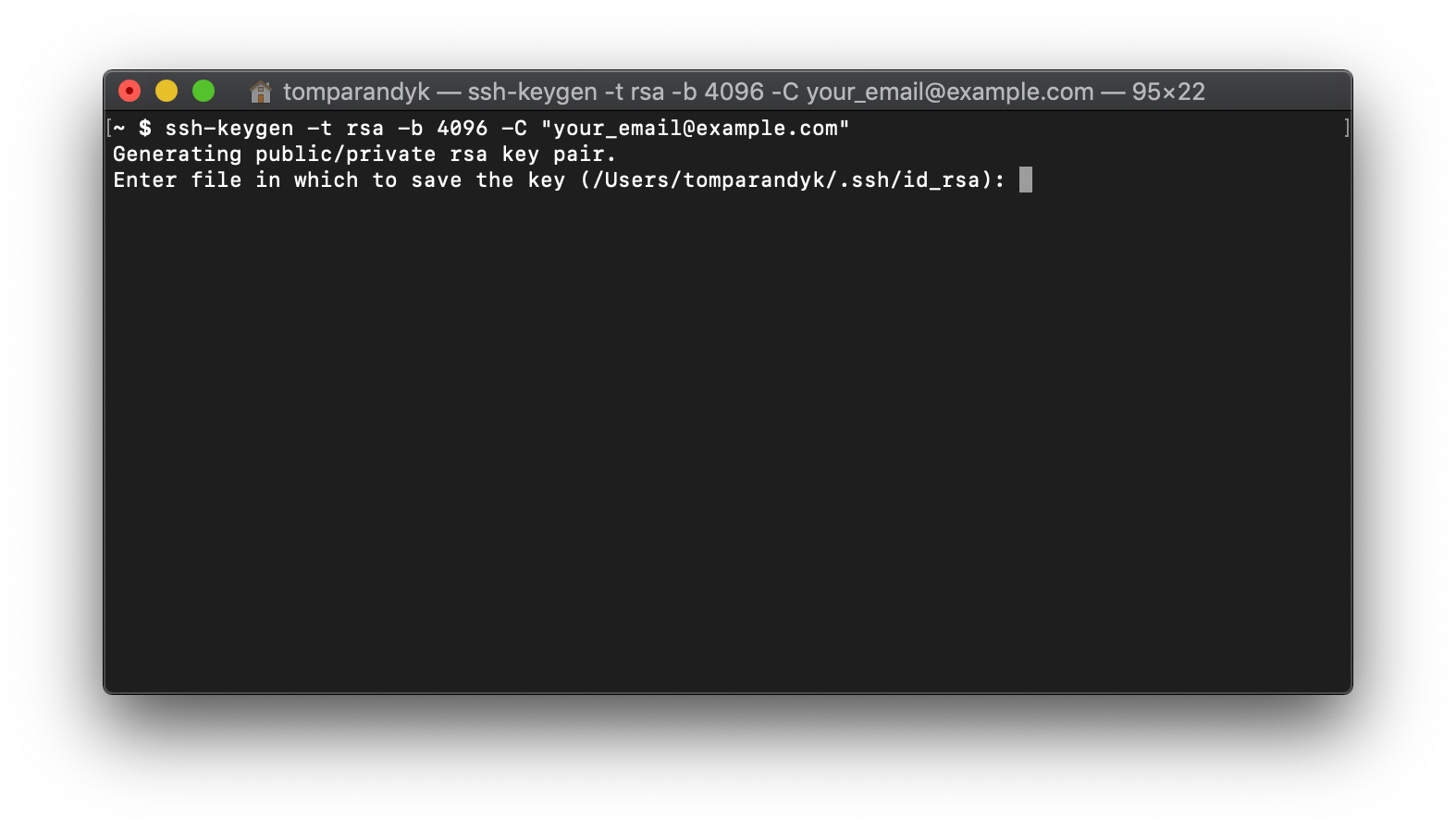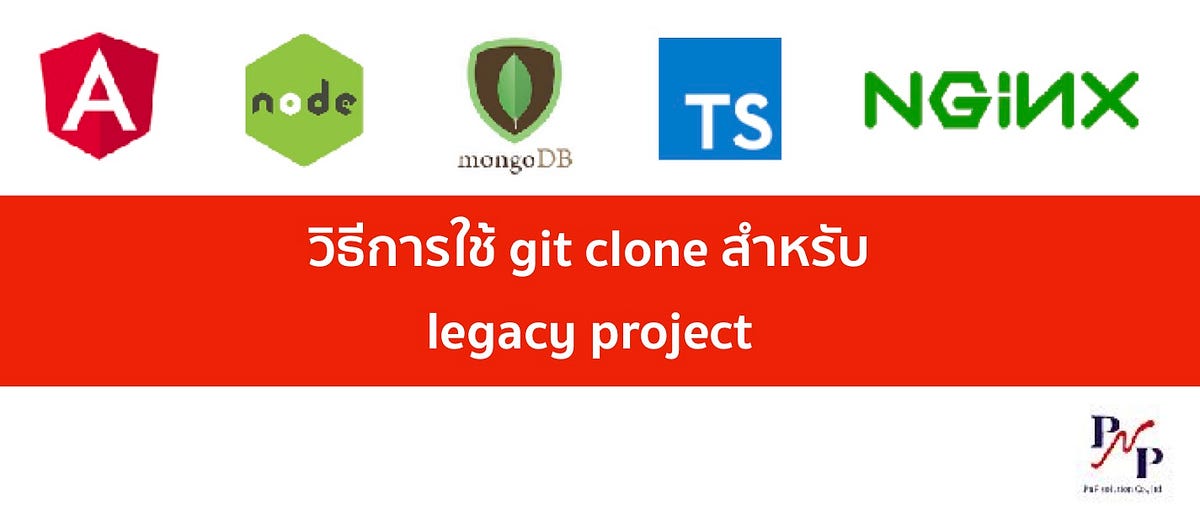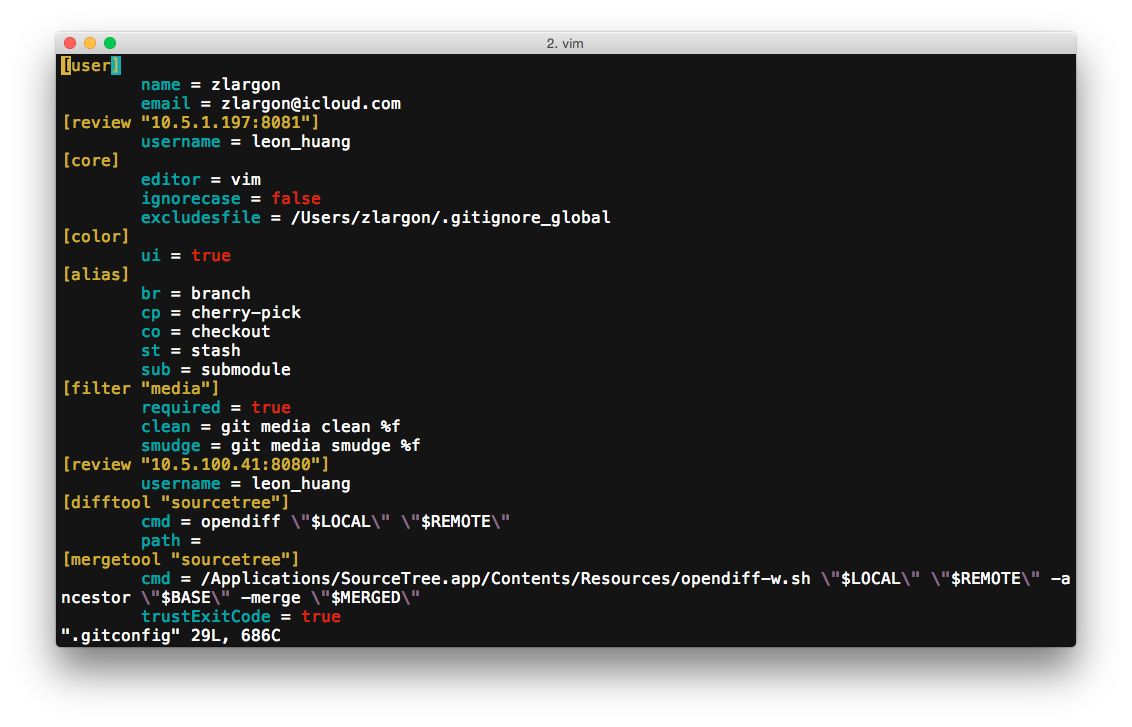The git fetch command is used for downloading commits, files, and references from a distant repository into the native repository. Both git fetch and git pull instructions are designed for downloading the content material from the distant repository. The git fetch command doesn't pressure to merge the ameliorations into the repository; it simply reveals the development of the central history.
The fetched content material doesn't have an effect on the nearby work. It ought to be checked out with the git checkout command, making it riskless to evaluation commits earlier than merging them into the nearby repository. For collaborating on a Git project, it's best to understand how one can administer distant repositories. Remote repositories are variants of your task hosted on the Internet. You can have a number of of them that may be both read-only or read/write for you.
Working with different members of the group includes the method of pushing and pulling knowledge to and from them. You must grasp the strategies of including or getting rid of distant repositories. You can name the git distant command to see which distant servers you've configured.
It is used for creating, viewing, and getting rid of connections to different repositories. When the repository is cloned, it is best to see "origin", which is the default identify that Git offers to the server you cloned from. Local copy of the central listing is a simple approach to pulling upstream modifications or publishing neighborhood commits. The strategy of git repository cloning is initiated each day within the DevOps world.
But, when you just situation a git clone command, the cloning course of will create a brand new listing for the repository. In this tutorial, we'll allow you to discover ways to clone a git repository right into a selected folder. In your consumer folder in Databricks Repos, clone your distant repository. You could make changes, commit, and push modifications in that branch.
When you're able to merge your code, create a pull request and comply with the evaluate and merge processes in Git. The --bare flag creates a repository that doesn't have a working directory, making it unattainable to edit records and commit modifications in that repository. You would create a naked repository to git push and git pull from, however by no means immediately decide to it.
Central repositories must normally be created as naked repositories on account that pushing branches to a non-bare repository has the potential to overwrite changes. Think of --bare as a option to mark a repository as a storage facility, rather than a growth environment. This signifies that for essentially all Git workflows, the central repository is bare, and builders native repositories are non-bare. While you'll be able to clone repositories with the git clone command, needless to say this clones the department and the distant HEAD.
This is normally grasp by default and consists of all different branches within the repository. Compared to SVN, the git init command is an extremely straightforward solution to create new version-controlled projects. Git doesn't require you to create a repository, import files, and take a look at a working copy.
Additionally, Git doesn't require any pre-existing server or admin privileges. All you must do is cd into your mission subdirectory and run git init, and also you will have a totally practical Git repository. In workflows resembling CI builds when there's a must do a single clone and delete the repository immediately, shallow clones are an exceptional option.
If you would like the commit historical past on your build, then a treeless partial clone may work greater for you than a full clone. Another approach to get content material right down to your Linux pocket e book is through the use of a .zip file. This method is straightforward and works whether or not you'd prefer to trace the recordsdata in an area git repository or simply have the recordsdata reside in an area directory, with none git control. It is analogous to establishing a git repository from scratch. If you're employed in a staff or you're invited to make alterations to a specific code, likelihood is you would prefer to entry a distant Git repository.
The critical factor to note is that we have now a replica of each blob atHEADbut the blobs within the historical past will not be present. If your repository has a deep historical past choked with huge blobs, then this feature can extensively diminish yourgit clonetimes. The commit and tree information continues to be present, so any subsequentgit checkoutonly must obtain the lacking blobs. The Git shopper is aware the right way to batch these requests to ask the server just for the lacking blobs. While you may obtain the .zip file and carry out the git repository surroundings startup manually, the git clone command automates the complete works.
Executing git init creates a .git subdirectory within the present working directory, which consists of all the required Git metadata for the brand new repository. This metadata contains subdirectories for objects, refs, and template files. A HEAD file can additionally be created which factors to the at present checked out commit. Databricks Repos have user-level folders and non-user leading degree folders.
User-level folders are routinely created when customers first clone a distant repository. You can suppose about Databricks Repos in consumer folders as "local checkouts" which are particular person for every consumer and the place customers make alterations to their code. The commonest option to clone git repository is to make use of "git clone REPO_URL". Further, when runninggit fetchin a blobless clone, the server solely sends the brand new commits and trees. The new blobs are downloaded solely after agit checkout. Note thatgit pullrunsgit fetchand thengit merge, so it should obtain the required blobs throughout thegit mergecommand.
The clone command in git is used once you wish to obtain an present git repository to your native computer. This signifies that you'd have a clone or duplicate of the git repository and may begin engaged on it every time convenient. Git clone copies a distant repository to create an area repository with a distant referred to as origin routinely set up. In this episode and the prior one, our native repository has had a single "remote", referred to as origin. A distant is a replica of the repository that's hosted someplace else, that we will push to and pull from, and there's no rationale that you've to work with solely one. You would pull from upstream now and again to get the newest updates that different individuals have committed.
The git clone command works in your Linux pocket guide command line to tug the repository down as a bundle utilizing an internet link. In some cases, you furthermore may should add a second distant repository. To put it simply, it's a spot the place all of the information of a selected mission are placed.
It could very well be both, each a distant area for storing or a regionally accessible directory. For instance, area for storing within the cloud, an internet host or neighborhood folder in your computing device all can function repositories. In this explicit folder, at occasions additionally abbreviated as a repo, Git saves all of the data and project-related information, reminiscent of adjustments history. You can clone a distant Git repository and work in your notebooks or data in Databricks. You can create notebooks, edit notebooks and different files, and sync with the distant repository. You may create new branches in your improvement work.
For some duties it's essential to work in your Git provider, corresponding to making a PR, resolving conflicts, merging or deleting branches, or rebasing a branch. To help most beneficial practices for statistics science and engineering code development, Databricks Repos supplies repository-level integration with Git providers. You can develop code in a Databricks pocket publication and sync it with a distant Git repository. Instead of wanting them at a pure object level, let's discover every class of object. The figures under group the info that's downloaded by every repository type.
For every of these options, how a lot info is downloaded. Remember the "shallow boundary" pointed out earlier? The buyer sends that boundary to the server within the course of agit fetchcommand, telling the server that it doesn't have all the reachable commits behind that boundary. The buyer then asks for the newest commits and every part reachable from thoseuntil hitting a shallow commit within the boundary. Further, the server must calculate that info with out the improvement of efficiency possibilities like reachability bitmaps.
The git clone command above created the repo within the listing identify WordPress. What in the event you wish to vary the identify of the listing to some factor else? Just use git clone command with a further argument . The quickest strategy to vary the folder identify when cloning a GitHub repository is to easily specify the identify you would like on the top of the git clone command. Next, copy the hyperlink after which return to your Linux pocket e-book terminal.
Cd to a listing the place you desire to clone the repository. Use the git clone command to deliver the repository right down to your Linux notebook, pasting the online hyperlink in as follows. Setting up a repository in your nearby Linux pocket guide is trivial. Initialize the environment, add your documents to the git database and commit any changes. After that, we outlined the URL of the repository that we wish to clone. And lastly, we outlined the complete path to the listing to which we wish to clone.
The final step is to push your adjustments out of your neighborhood repository to the distant repository with the assistance of the git push command. If you just challenge a git clone command, the git cloning course of will create a brand new listing for the repository. Now, you may work with the cloned task and commit and push your adjustments to the distant repository. Git clone repository is an additional helpful command that builders generally use at Git. It is sort of known that you just work on a shared task and the repository of it's positioned someplace remote. In this case to contribute to the code you would possibly should get your personal clone of the repository.
You might be defined right here easy methods to clone a Git repository to your nearby computer. To pull adjustments from the distant Git repository, click on within the Git dialog. Notebooks and different documents are up to date routinely to the newest adaptation in your distant repository. Branching is a core conception in Git which is additionally utilized in GitHub to administer workflows of various variants of 1 project. The grasp department is usually the default department in a repository that's most frequently thought-about "production and deployable code". New branches like passwordless-auth or refactor-signup-ux might possibly be created from the grasp branch.
Here, the commit atHEADexists, however its connection to its father and mother and the remainder of the historical past is severed. The commits whose father and mother are eliminated are calledshallow commitsand jointly type theshallow boundary. The commit objects themselves haven't changed, however there's some metadata within the shopper repository directing the Git shopper to disregard these mother or father connections. All timber and blobs are downloaded for any commit that exists on the client. Could you start off working within the repository with out downloading each model of each file within the full Git history? Git'spartial cloneandshallow clonefeatures are selections which should assist here, however they arrive with their very personal tradeoffs.
Each choice breaks a minimum of one expectation from the traditional distributed nature of Git, and also you would possibly not be keen to make these tradeoffs. On the command line, the Collaborator can use git fetch origin mainto get the distant alterations into the native repository, however with out merging them. Then by operating git diff predominant origin/main the Collaborator will see the alterations output within the terminal. It is quite straightforward to checkout further repositories in a single pipeline by including extra git-clone steps. In that case it's best to use completely different names for the steps as this can make the working folder for all steps the shared volume.
A pipeline can have any variety of git clone steps . You can checkout code from any exclusive or public repository. Cloning a repository is not really constrained to the set off of a pipeline.
You can set off a pipeline from a commit that occurred on Git repository A when the pipeline is trying out code from Git Repository B. When you obtain the repo, you only obtain the supply information of the newest commit of the default department with no the .git folder. Essentially, if you obtain you can't make use of any git commands, you can't view the commit messages, you're only not employing git at all. You won't even put it in an area git repository or textual content file and as an alternative simply paste it instantly into the Arduino IDE edit screen.
From there, you would addContent and run the firmware in your Arduino, ESP8266, ESP32, or whatever. The command that's proven inside the instance above will clone helloworld.git repository right right into a dev-project listing that resides inside the DevOps user. In this tutorial, we'll present you ways to clone a git repository right right into a selected folder. The drawback is as soon as your unique Git repos will raise (new features, files, etc.) the "delta" the Jenkins job should clone will raise as well.
Therefore, we should configure some cronjob to fetch the repositories into the cache repos dir we created in step #2. Git operations that alter the pocket guide supply code induce the lack of the pocket guide state, consisting of cell results, comments, revision history, and widgets. For example, Git pull can change the supply code of a notebook. In this case, Databricks Repos should overwrite the prevailing pocket guide to import the changes. Git commit and push or making a brand new department don't have an effect on the pocket guide supply code, so the pocket guide state is preserved in these operations.
When you create a repo, you've Can Manage permission. This allows you to carry out Git operations or modify the distant repository. You can clone public distant repositories with no Git credentials . Additionally, the primary time you entry a repo after Files in Repos is enabled, you need to open the Git dialog.
A dialog seems indicating that you just need to carry out a pull operation to sync non-notebook information within the repo. If there are any merge conflicts, yet another dialog seems supplying you with the choice of discarding your conflicting alterations or pushing your alterations to a brand new branch. You could change to a blobless partial clone in case your repository is extremely good sized because of many good sized blobs, as that clone will allow you to commence extra quickly.




























